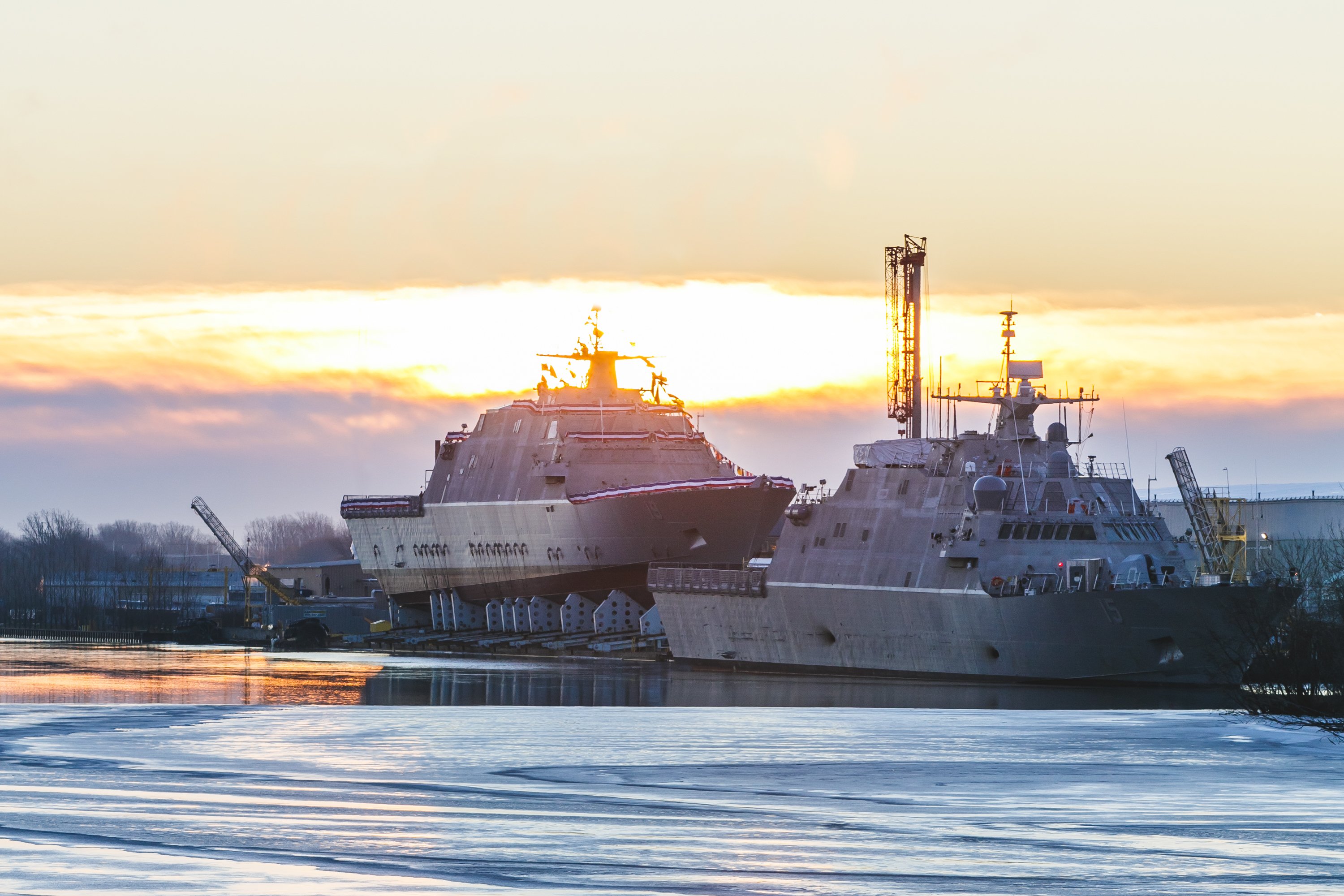
The Navy is ready to sunset littoral combat ship production and three of four congressional defense committees appear happy to oblige through restrictive policies and funding authorizations.
Senate Armed Services Committee (SASC) members included language prohibiting the use of funds to extend the LCS program except in a couple of specific and short-term instances, in their version of the Fiscal Year 2020 National Defense Authorization Act, released Wednesday.
As for the existing LCS fleet, the White House FY 2020 budget asked for $388.1 million for mission modules. However, the House Appropriations Committee authorized $327 million, cutting the amount of money for the LCS mine countermeasures and common mission module equipment packages.
After a 21-hour marathon markup session Wednesday and Thursday, the House Armed Services Committee (HASC) approved its version of the FY 2020 NDAA, which included much steeper cuts to several of the Navy’s LCS funding requests.
HASC reduced the Navy’s FY 2020 budget request of $51.6 million for LCS common mission module equipment to an authorized $33.2 million for this program. House appropriators authorized $38.7 million for this program.
The HASC also slashed the Navy’s requested $197.1 million for LCS mine countermeasures modules (MCM) in FY 2020. Instead, the HASC authorized $77.1 million, or just less than 40 percent of the Navy’s MCM module request. House appropriators authorized $163.6 million for the program.
The SASC included language approving the purchase of a more LCS, “If it is necessary to maintain a full and open competition for the guided missile Frigate (FFG(X)) with a single source award in Fiscal Year 2020,” as stated in the Senate version of FY 2020 NDAA.
In FY 2020, the Navy wants to shift to buying the new FFG(X) frigate. Four shipbuilding teams are competing for the contract, but the Navy and lawmakers are aware if the frigate program hits a delay, keeping the LCS production line running for a short time could help keep frigate costs down, according to a Congressional Research Service report released last week.
Meanwhile, the HASC approved a requirement for the Navy to study the prospect of buying a version of the Coast Guard’s Fast Response Cutter, submitted by Rep. Donald Norcross (D-N.J.). chair of the tactical air and land forces subcommittee.
The idea is for the Navy to consider basing these smaller patrol vessels in Bahrain where they would operate in the littoral waters of the Persian Gulf. The U.S. Coast Guard is already planning to base four fast response cutters in Bahrain, to replace the aging Island-class patrol boats the service currently has patrolling the Persian Gulf.
One of the stated missions of the LCS is to forward deploy overseas with plans to base the ships in Singapore and the Middle East. However, the Navy has so far been reluctant to send LCS out on deployments. No LCS deployments occurred in FY 2018 and the three LCS deployments in 2019 are expected to happen in the fall, Navy officials previously stated. The Navy has not stated the deployment destinations for the three LCS scheduled to depart from San Diego and Mayport, Fla.





